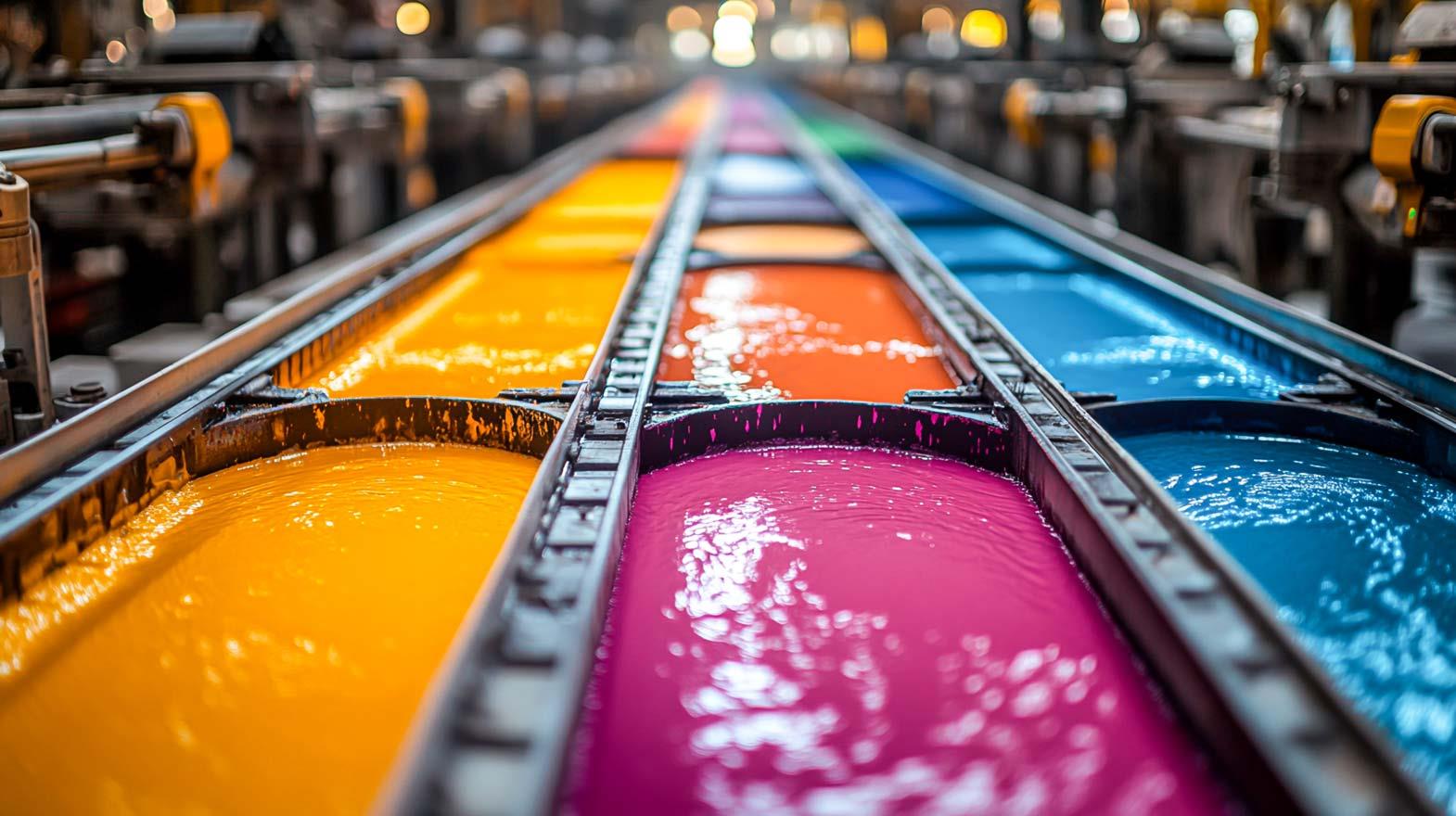The demand for eco-friendly materials and textiles has seen a significant increase in recent years, leading to a greater emphasis on sustainable clothing. It is a well-known fact that textile industries worldwide have been contributing to environmental pollution. Consequently, it has become imperative for textile industries to transition to sustainable dyes and materials to minimize their environmental impact and promote eco-friendliness.
Textile industries rank second globally in terms of polluting clean water sources. The process of textile dyeing alone releases around 72 toxic chemicals into water, some of which are difficult to remove. The various processes in the textile industry, from dyeing to rinsing, consume vast amounts of water. Dyeing factories often find it easier to dispose of effluent water rather than treating and reusing it.
This practice results in the disposal of gallons of wastewater by mills each year, which contains harmful chemicals such as formaldehyde, chlorine, lead, and mercury. These chemicals pose risks to both living beings and the environment. Many chemicals are used throughout the cotton-to-cloth transformation process, including those for dyeing and fixing dyes.
For instance, near jeans manufacturing factories in Mexico, fields and rivers have turned dark blue due to untreated chemicals in the water. Local residents are concerned about the health hazards because the food they consume is grown in these contaminated fields. Therefore, it has become essential to prioritize the production of sustainable clothing.
The responsibility for manufacturing sustainable textiles doesn't solely rest with textile mills. Every organization involved in the process must support this cause. Brands must collaborate closely with manufacturing factories to adopt clean technologies and processes to prevent further environmental damage. Achieving the goal of manufacturing eco-friendly clothing using sustainable dyes requires collective efforts from all stakeholders in the textile industry's supply chain.
With more consumer awareness and certification systems coming into existence, today the textile companies are focusing more on using sustainable dyes. At present environment friendly dyestuffs are used to rebuild a better environment. Today's fashion world's most popular choice is organic cotton. It is widely accepted by global standards and certification systems and hence will stay in the textile market. It has become the first preference of brands who wish to enter into the sustainable line.
There are few global standards and certification system which have been set to achieve standardized sustainable textile. The first criterion in this line is to use minimum 70% of organic fibres to manufacture textile. Further, the chemicals used in the dyeing must fulfill certain standards in accordance with environment and toxicology. The subsidiary chemicals used also must meet the ecological criteria. It is compulsory for all the factories involved in wet-processing to have an efficient waste water treatment plant.
The only goal of these globally defined standards is to ensure that sustainable clothing is manufactured.
To achieve this position all the processes and materials used from raw materials to the finished goods are produced adhering to the global standards. It ensures that the end consumer gets a product that is environment friendly and socially responsible. Following these standards the textile manufacturers must be able to reach all the major markets with organic fabrics and apparels they manufacture.
Moving forward, to attain sustainable dyes following norms should be fulfilled. There is a ban on certain chemicals which are highly toxic such as formaldehyde, azo dyes as they release carcinogenic compounds, pungent solvents, toxic heavy metals, genetically modified organisms and their enzymes. The use of synthetic sizing agents is limited. There should not be heavy metal content in knitting and weaving oils. Also bleaches used must not contain chlorine.
In addition, fragmented solvents used in discharge printing and phthalates and PVC used in plastisol printing methods have been banned. Also, the use of accessories like use of PVC, nickel or chrome is prohibited. Apart from having efficient waste water treatment plants, factories must keep records regarding which chemicals are used, energy and water consumed, treatment of waste water along with details of slushy disposal. It is compulsory to treat the waste water in the treatment plant before its disposal.
Also, there are technical quality limitations that need to be followed. Care must be taken to see that unwanted remains from raw materials, finished textile product even accessories are limited. It is essential that the industries that supply chemicals co-operate with the global certified standards and follow their approved methods. These global standards have examined thousands of dyestuffs, and auxiliaries, and have approved more than 3000 dyestuffs and 400 auxiliaries.
It has become crucial for major suppliers of textile to Europe and USA to adhere to the above global standards and other upcoming standards. Due to strict environmental laws the brands and retailers even in the developing nations are avoiding substances and chemicals which are banned. It is important for the supply chain members to be aware of the prohibited chemicals involved in textile manufacturing.
In the textile industry the use of natural dyes is regaining its importance. It is strongly referred to replace the synthetic dyes foreseeing the problems and environmental hazards it brings. A collaborated effort from brand, textile manufacturers, supply chain partner and retailers will help to achieve the standards set to manufacture sustainable textile products.
References:
1. Global-standard.org
2. Dystar.com
3. Sustainablecommunication.org








Comments